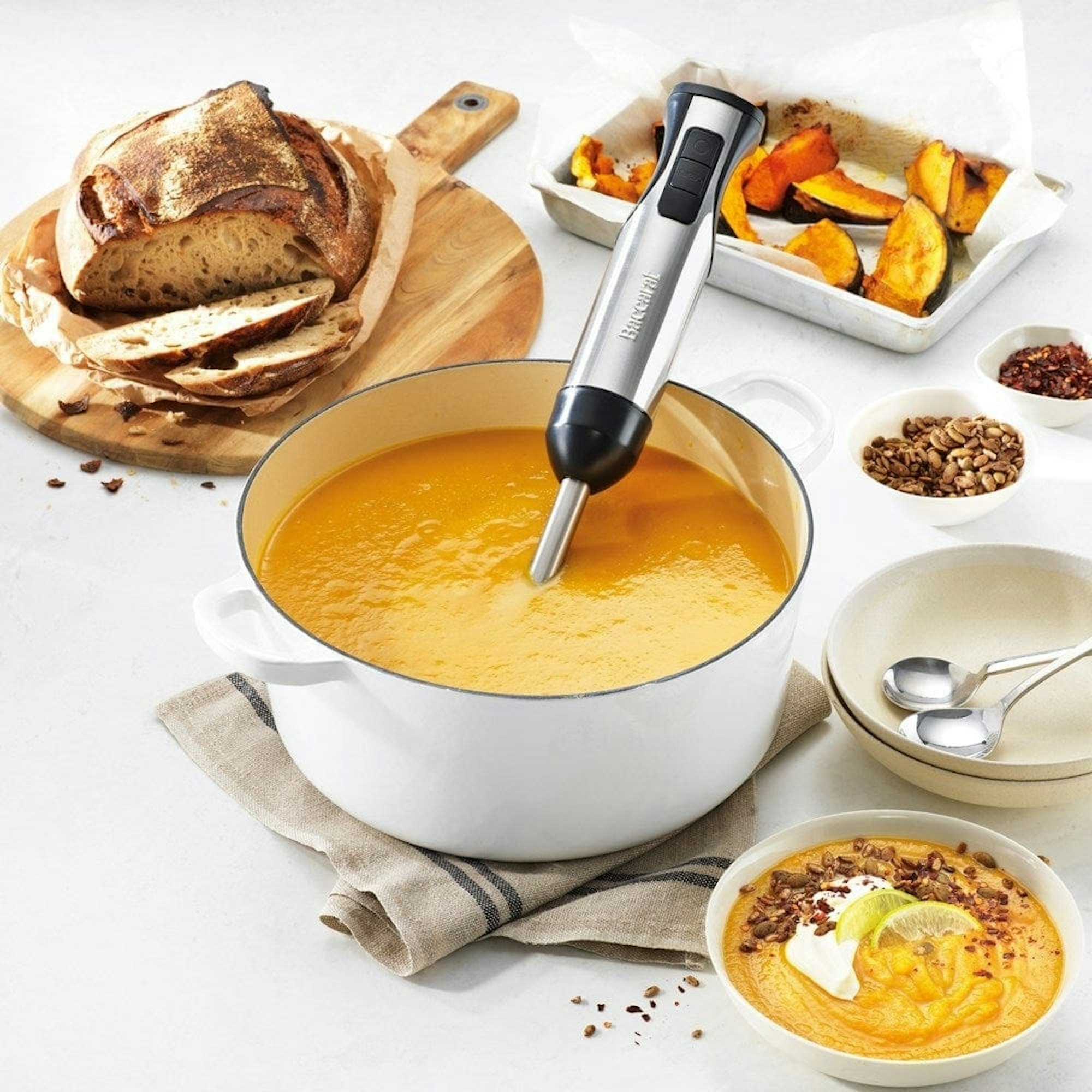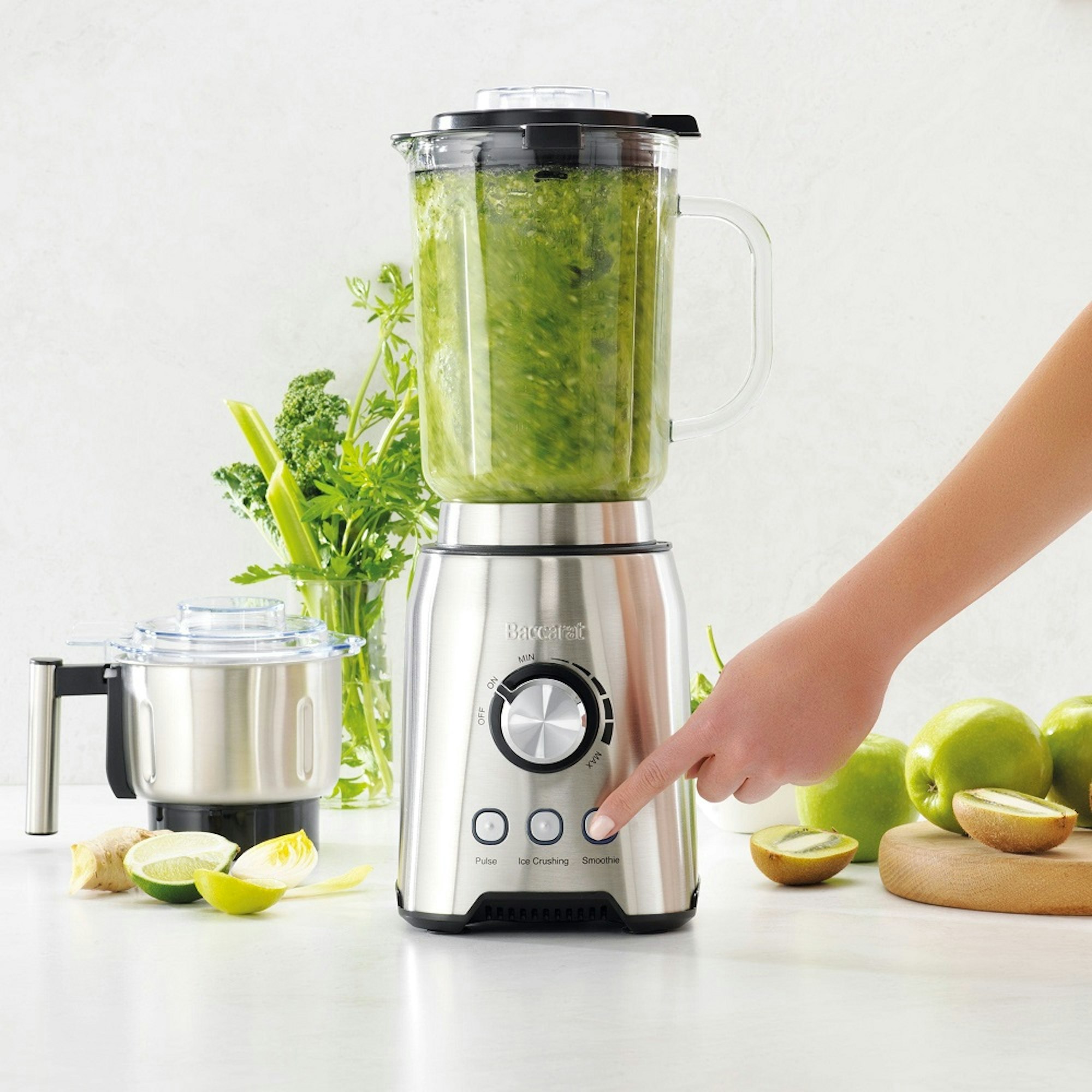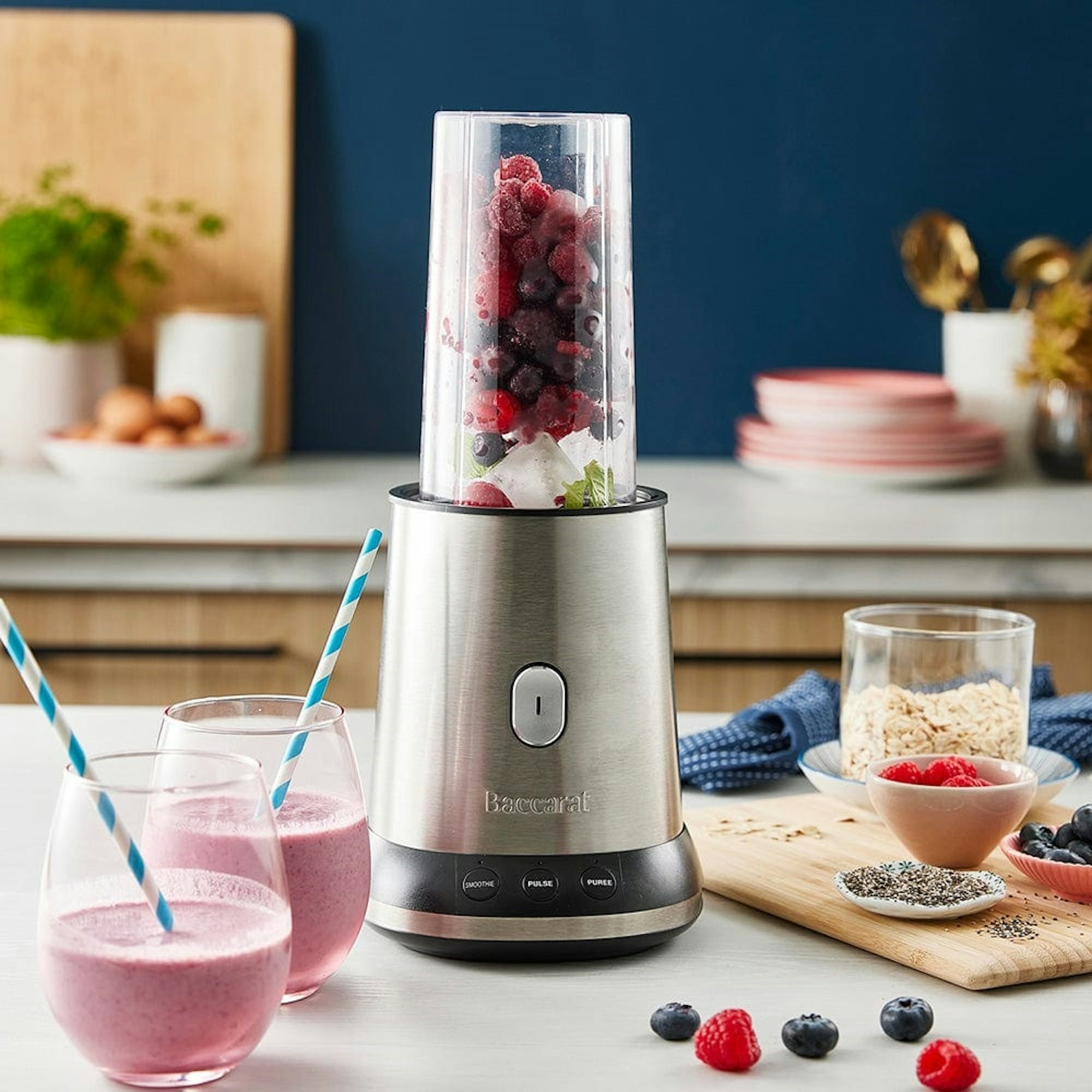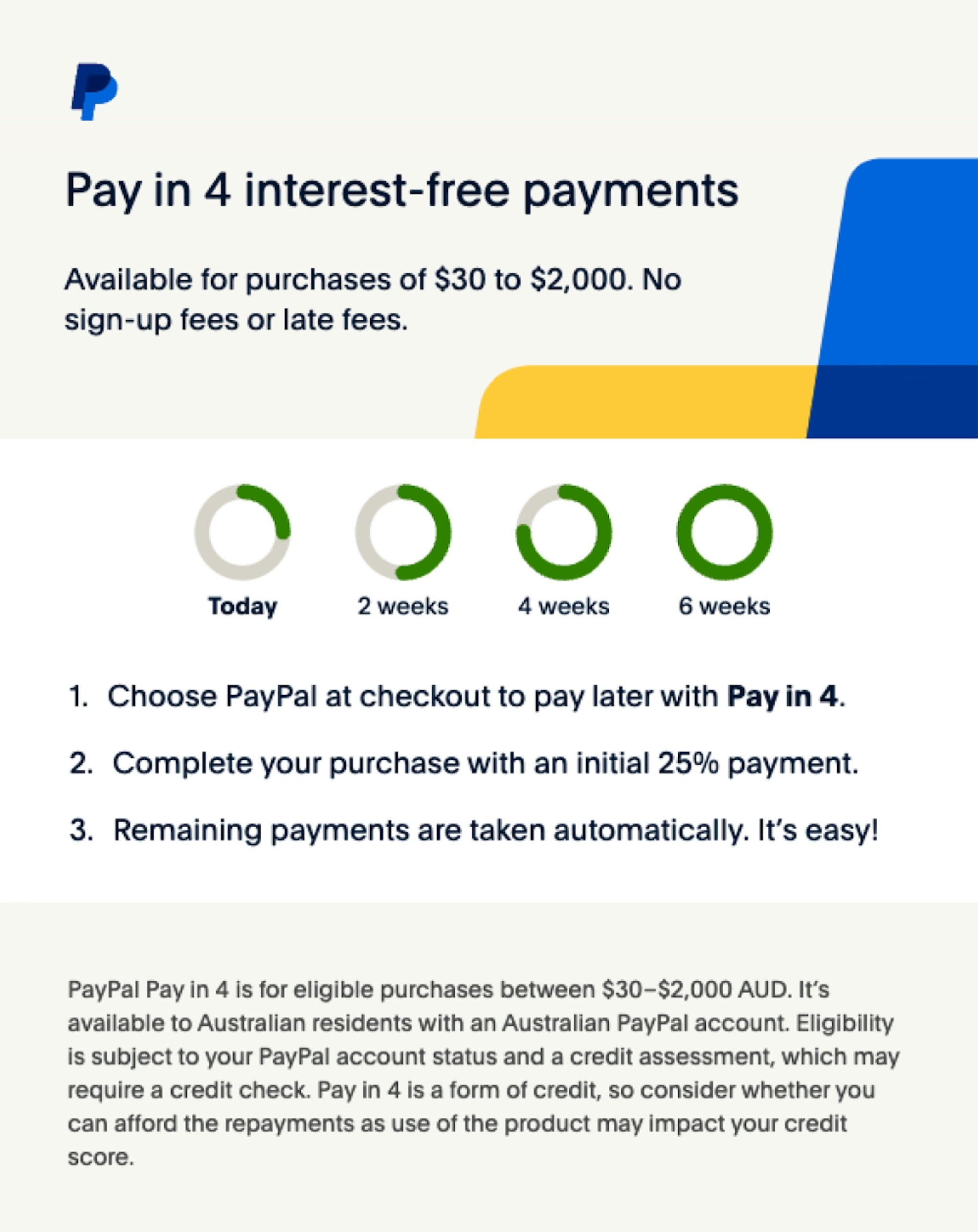Our Blender Buying Guide
Find out which home blender to buy from House. Learn more about the types of blenders, including bench-top, stick & more, & what features to look for.

A blender is one of the most versatile pieces of cooking equipment you can add to your kitchenware collection. From frozen margaritas to salad dressings, your blender can do it all.
If you’re looking to invest in a blender for the first time, or need to replace one, it can be confusing to know where to start. There’s a huge range of blenders available, ranging in price from below $50 to above $900 and offering lots of different capabilities, from small handheld stick blenders through to large high-performance blenders.
We’ve created this guide to help you break down exactly what kinds of blenders are on offer, what their major differences are, and which will best suit your needs.
With a similar appearance to a protein shaker, a personal blender is a small hand-held blender that features a built-in cup for a blended drink you can drink instantly. It’s ideal for those living busy lifestyles and can be taken anywhere easily.
They’re great for taking to work in the mornings for a healthy and low-effort breakfast. Most personal blenders can also fit in your car’s cup holder, which is another handy feature. They’re easy to keep clean and can help you to stay on track with a meal plan.
If you’re mainly looking for a blender to make smoothies then a personal blender is a great option, with the added option of being able to instantly enjoy your freshly blended drink.
1. Standard Blenders
Standard blenders are the kind that come to mind when you’re thinking of making a fruit smoothie. They’re typically a benchtop size, featuring a jug with blades in the bottom that pulverise food into a smooth mixture. They’re ideal for making smoothies and milkshakes, but they can also make plenty of other things out of soft ingredients such as soups, sauces, fruit purees, and cocktails like pina coladas and frozen margaritas.
Standard blenders are usually the safest bet if you won’t be using your blender for high-performance jobs, but you want to make a variety of drinks and meals with it. They’re a versatile and useful kitchen tool that you’ll find plenty of uses for.
2. Stick Blenders
Stick blenders are a smaller and cheaper option in comparison to standard blenders. They’re less powerful than a standard blender but are handy to have if you use blenders infrequently and just want one for the occasional smoothie, soup, or sauce.
The downside of stick blenders is that they operate on a pulse function which isn’t as powerful as the blades you’ll get in a standard blender. They only operate for a minute at a time, and need liquid added to be able to mix fruits and vegetables effectively. Stick blenders do a great job of mixing soft foods, but they aren’t designed to be compatible with most harder ingredients, like hard fruit and vegetables, seeds, and ice.
The blending capabilities and low price point makes stick blenders a great option if you don’t use a blender on a regular basis but would like to blend up the occasional fruit smoothie or soup.

3. High-Performance Blenders
For heavy-duty blending tasks, a high-performance blender will be your best bet. These blenders tend to be both larger and more expensive than their standard counterparts, but they have much greater blending capabilities.
These high-speed and high-performance blenders can perform tasks that standard blenders can’t such as milling flour, crushing large amounts of ice, making dough and nut butters, and crushing tough vegetables such as kale into a smooth consistency.
The force generated by high-performance blenders means they create more heat and air than a standard blender does, resulting in a mixture that is warm and frothy. This makes them ideal for quickly whipping up delicious hot soups. If you want your smoothie frothy but not warm, simply add a bit of ice, yoghurt, or ice cream to keep the temperature of your drink cold.
High-performance blenders are a great addition to a fully stocked kitchen and will have you covered in any culinary scenario. If you’re looking for the best blender that can pull off any task you ask of it, then a high-performance blender will be the best choice for you.

4. Personal Blenders
With a similar appearance to a protein shaker, a personal blender is a small hand-held blender that features a built-in cup for a blended drink you can drink instantly. It’s ideal for those living busy lifestyles and can be taken anywhere easily.
They’re great for taking to work in the mornings for a healthy and low-effort breakfast. Most personal blenders can also fit in your car’s cup holder, which is another handy feature. They’re easy to keep clean and can help you to stay on track with a meal plan.
If you’re mainly looking for a blender to make smoothies then a personal blender is a great option, with the added option of being able to instantly enjoy your freshly blended drink.

What to Consider When Shopping for Blenders?
- Power: If you want a blender that you’ll mostly use for making smoothies, frozen cocktails, and milkshakes, look for one that has at least 500 watts of power and a blade that can crush ice. You can find ice-crushing blenders across all the blender categories.
- Blade: If you want your blender to be able to chop or grind harder foods, make sure you find a blender that has a chopping blade and processing functions. High-performance blenders will be better at this than standard blenders.
- Functions and features: Consider the functions that a blender offers before you decide which one you want. Blenders with more features will cost more, so you’ll need to consider which functions will be most useful to you before deciding which one to purchase.
- Bench space: Make sure you consider how much space you have in your kitchen before buying a blender. Some larger high-performance blenders take up a lot of bench space and may be too bulky to fit into kitchen cupboards. A smaller option such as a stick blender may be more suitable if you have limited bench space.
- Capacity: As blenders vary in capacity, you’ll want to consider what capacity best suits your needs. Blenders can range from fitting in a single serve drink through to fifteen cups worth of liquid, so consider how much you’ll be wanting to blend when shopping for a blender.
- Cleaning: Make sure you check the cleaning guide that comes with your blender before you use it; some blenders will have specific care instructions to keep them in great condition. A handy tip for cleaning a blender is to run it through a blending cycle while filled with water and a splash of detergent after use.
Hopefully this guide will have helped you decide which kind of blender is the right fit for your home kitchen, and you’ll be well on your way to blending up a range of delicious smoothies, cocktails, soups, and more. Ready to start looking for a new blender now?
Browse the wide range of blenders available on House today.
Back to blog




